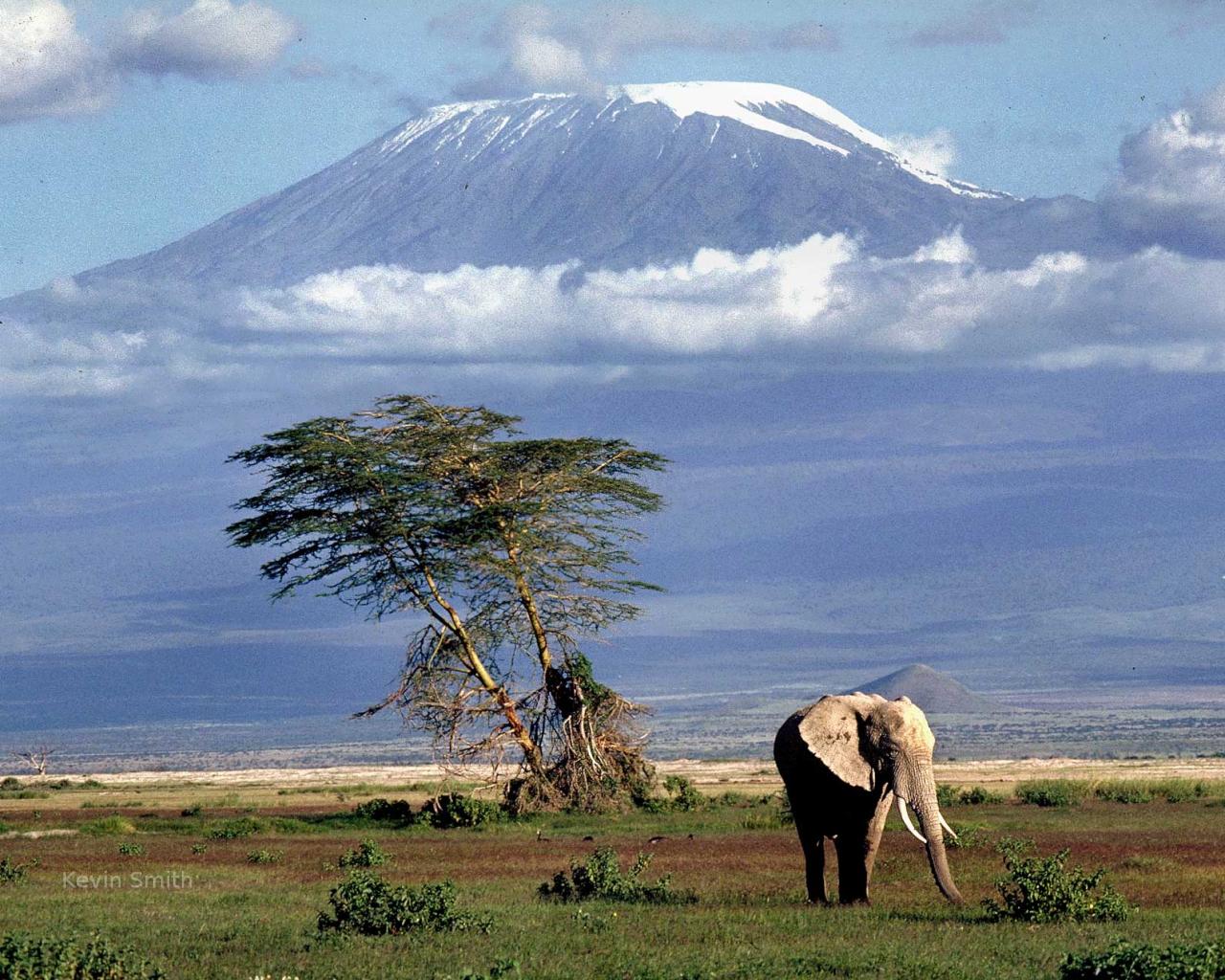The similarities between the world's greatest music festival and a provincial Ugandan town don't seem to be immediately obvious, but here's ten reasons why they are more alike than you think:
1. The Weather
Despite
Glastonbury falling around midsummer the weather always conspires to transform the entire site into a mudbath within 24 hours of the gates opening. You can enjoy similar scenes of rain-based chaos here in Mbarara, as epic thunderstorms turn the
murram roads into boggy rivers. However, whereas 'revellers' in Somerset will stand in the pouring rain watching a barely audible
Get Cape, Wear Cape, Fly set in stoic misery, the Ugandans head undercover and sensibly wait for the sun to re-emerge before continuing with the normal activities of daily life.
 |
| Party on!!! |
2. The Food
Barbecued meat, warm flat beer, bread that tastes three days old and has bits of earth in it, melted chocolate and a reliance on bananas as the major energy source - again, the similarities are clear.
3. Music
Wherever you go, whatever time it is, whatever day it is, it will be unusual to enjoy silence in either place. In a similar way to Glastonbury, we often feel the music before we hear it (as I type this on a normal Monday lunchtime, a marching band is parading up and down the road, apropos of nothing). Young men set up enormous sound systems in the back of empty banana trucks, turn up the bass and turn down the treble, and then spend all day driving up and down Mbarara high street playing hip-hop at gut-rumbling volumes. Even the churches turn it up to 11, with one recent evangelical shindig keeping us awake until 4.30am on a Sunday morning.
4. Fires
Ugandans like to start fires. As you fly into
Entebbe Airport, vast plumes of smoke can be seen all over the surrounding villages. We have twice been smoked out of our flat as a result of our neighbours deciding to burn their rubbish ten metres from our (glassless) windows. Like at Glastonbury, the smell of burning is constant and inescapable, and results in a permanent cough which only a rigorous course of physiotherapy will cure.
5. The Power Supply
It's usually around day 3 of the festival that iPhones and Blackberries start to run out of battery, and a general sense of panic begins to develop as access to Facebook and Words With Friends is rendered impossible. In a similar way the power supply here is often unreliable, though the consequences of this are perhaps more serious when it cuts out half way through a night-time emergency laparotomy. The blackouts are described euphemistically as periods of 'load shedding' which, to me, appears to imply that there is simply too much energy for the system to cope with, and it must be thrown overboard for the ship to remain afloat. The only benefit of the outages is the brief respite it can give from the nocturnal evangelists, as they scrabble in the dark for the key to their diesel generators.
6. The Toilets
There are public toilets in Mbarara, but they tend to be entrepreneurial ventures set up by individuals, who charge a 200 shilling fee (5p) for the opportunity to make a 'short call' or a 'long call' (you work it out). Anecdotal evidence from Ugandan colleagues at the hospital suggests that they are best avoided, and that pharmaceutical measures should be taken to avoid their emergency use. Anyone who has visited the pit latrines on day 5 of Glastonbury and regretted their failure to pack a box of
Imodium tablets will sympathise.
7. The Hippy Vibe
The Mbararans are an extremely friendly people, and will take a keen interest in anything that you are doing. Thus mundane activities like opening a parcel in the post office, going for a run or performing an intimate examination on a patient will all draw a crowd keen to know exactly what is going on, and offering helpful comments on how you can do it better. You only realise how unsociable most British people are when Ugandans will approach you in the street and tell you their life story and demand you share yours with them. Similar behaviour in the UK would probably have you interred for harassing passers-by, except at Glastonbury where people rely on artificial stimulants to enable this social interaction with strangers. The average Mbarara resident needs no such device for their innate and routine friendliness.
 |
A reveller.
|
8. Public Transport
Anyone who has spent an unpleasant 5 hours at Castle Cary railway station waiting to be herded back to their hometown will have some insight into Ugandan intercity travel. Recent experiences on a bus trip from Kampala to Mbarara (bus packed to the brim, no air conditioning, overpriced ticket, tyre blowout whilst doing 80mph on a bend, arriving two hours late) led to memories of cattle-class transport services away from the festival.
9. Bono
10. The Inevitable Return
Every year, 160,000 physically exhausted, emotionally demoralised people flee from Pilton vowing never to put themselves through such a period of intense sensory overload ever again, yet every year they block phone lines and websites in their desperation to get a ticket for the next festival. Likewise, although Uganda can be equally as frustrating, noisy, challenging, smelly, hot and wet as Glastonbury, it's hard not to love it, and to want to spend more time here, bathed in mud, listening to evangelical rock at 4am, drunk on warm lager and ready to do it all over again.


















